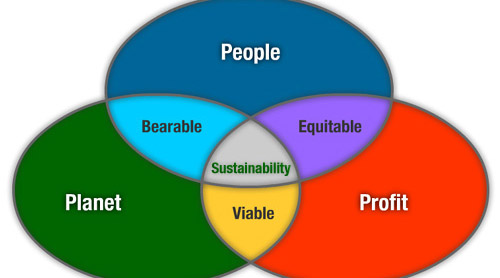The U.S. government’s Fourth National Climate Assessment warns that climate change “creates new risks and exacerbates existing vulnerabilities in communities across the United States, presenting growing challenges to human health and safety, quality of life, and the rate of economic growth.” The same report mentions increased risks of wildfires along with droughts in the Southwest.1 There are numerous financial advantages, regardless of the role of carbon emissions in climate change, to use ISO 50001:2018—“Energy management systems—Requirements with guidance for use” to reduce these emissions, and also to adapt its new clauses to the environmental management system ISO 14001:2015.
…

Comments
why so equivocal on climate change?
It is certainly occuring and it is certainly attributable to man-made causes.
You undercut your credibility by downplaying the risks
Climate Change vs. Climate Change®™
There is a difference between climate change and Climate Change®™.
sunken cities are proven fact, and new York may very well be undeerwater in a few centuries, much like Heracleion is today.
But Climate Change®™ is a hoax.
http://www.cleveland.com/opinion/index.ssf/2017/06/foreigners_see_president_trump.html#vf-11000109963048 "Climate change" is just another left wing political pseudo religion like Lysenkoism. If you have to lie about the data, it's for a reason. Trofim Lysenko, for his personal aggrandizement, destroyed Soviet agriculture to the point where it could never recover. Like him, the Al Gores of this world want to destroy the U.S. economy for their own benefit.
No evidence
There is no evidence whatsoever that man's CO2 has caused any of the warming since the Little Ice Age. Anyone who claims otherwise, should present evidence. I have spoken to Dr Trenberth, IPCC ... he claimed the evidence was sea levels. He ran away when I pointed out that sea levels have been rising at a DECREASING rate for the past 20,000 years.
When Jerico was being built, the Earth warming 16 TIMES faster.
Global warming is just another scam.
Excellent treatment of what could be a deadly subject
Bill has outdone himself with his approach to identifying hazardous and energy waste. His examples are most entertaining. I kept reading not only for the point of the article, but because I wanted to see what Bill would use next as an example of another waste. I learned a lot from the article and had fun at the same time. Well done!!!
Add new comment